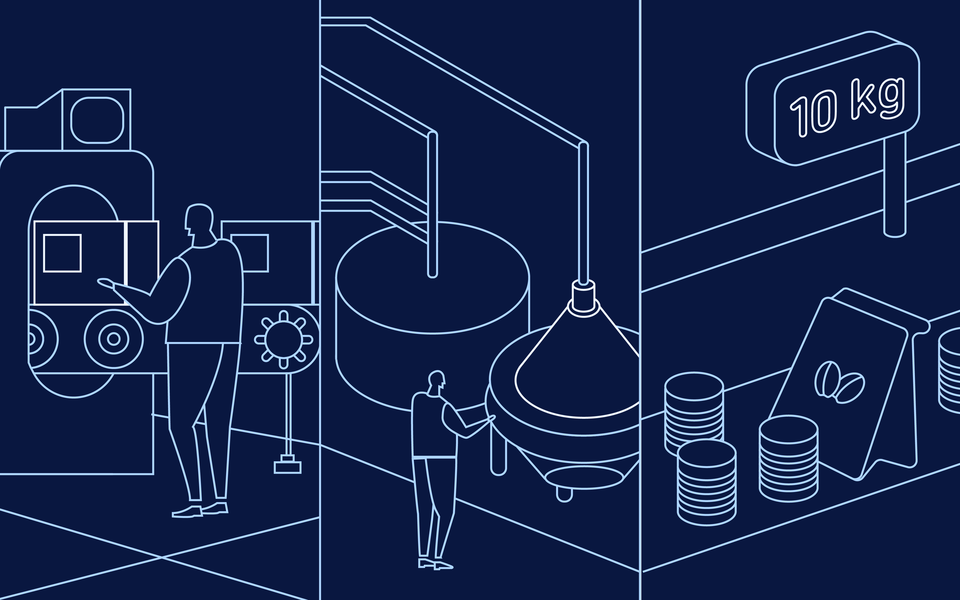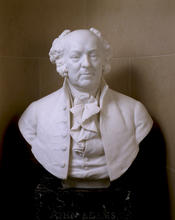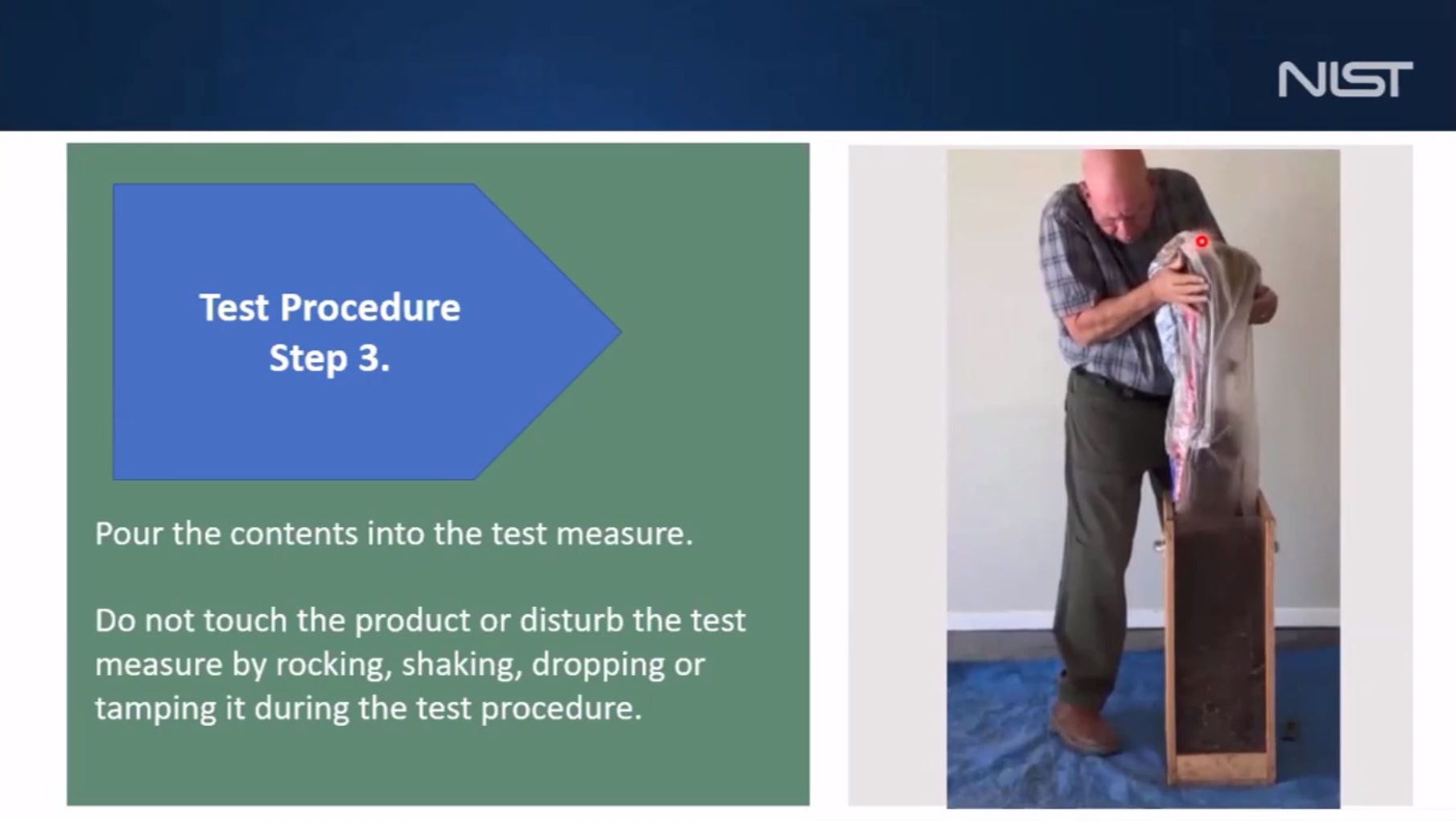Taking Measure
Just a Standard Blog

Each year during national Weights and Measures Week (March 1 to 7), we celebrate the contributions made by the weights and measures community to ensure accuracy and fair competition in commercial transactions based on weight or measure. This year’s theme, “Measuring Up to the New Normal,” is especially meaningful as 2020 will be remembered as one of the most unusual years we’ll likely experience in our lifetimes … and highlights how a common challenge can positively transform how we do business.

This year, the National Institute of Standards and Technology (NIST) recognizes the contributions made by the weights and measures community to sustain equity in the marketplace. Equity in the marketplace takes the effort of many people and institutions. First there are consumers like you and me who buy goods based on measurements, everyday items such as vegetables, beverages, pet food and toilet paper. Consumers are protected from paying too much by our weights and measures system and often alert authorities when something has gone awry. Businesses that buy and sell goods depend on that system to protect them, too. Packers purchase metric tons of bulk commodities and raw materials, which they transform into consumer products. They need to be confident that they are getting what they pay for from their suppliers (and so on up the supply chain). There’s the state and local weights and measures programs that regulate the marketplace by testing and inspecting packages and the machines that weigh and measure them for errors. There are also metrology laboratories located around the country that provide the foundation for the system by ensuring a chain of unbroken measurements between consumers and the International System of Units (SI). And many, many more.
Offering technical training is one of the primary services of the NIST Office of Weights and Measures (OWM). Under conventional conditions, professional development courses include both traditional in-person, hands-on seminars hosted around the United States and at our Gaithersburg, Maryland, campus, as well as online webinars. However, 2020 was anything but normal! Because all in-person learning events were suspended, OWM’s leadership directed staff to quickly adapt and expand our online training tools and virtual course delivery to meet the needs of our stakeholders. “We knew we had to provide assistance to our stakeholders in new ways that allowed them to meet their training goals while many of them were working from home or had reduced travel budgets,” notes Doug Olson, OWM division chief. “Fortunately, we had begun adapting our learning events to online delivery in the last few years, and already had some of the technology necessary to do that. I am proud of the way OWM staff stepped up and made these events possible and successful.”
During the last year, OWM instructors have designed, developed and delivered more than 70 online learning events to over 3,000 students, primarily U.S. industry, state and local government officials. Because of the rapid transition to providing more online sessions, over 800 students were able to participate in NIST training for the first time. New OWM professional development webinars have focused on educating people about the metric system, maintaining weights and measures inspections, and sustaining the highest standards of quality and laboratory accreditation.

One area of emphasis was legal metrology best practices related to evidence, search and seizure, and due process, as well as method of sale and test procedures for packaged consumer products sold by volume, like animal bedding and mulch. For example, NIST’s Office of Weights and Measures instructor and subject matter expert in these areas, David Sefcik, collaborated with the Mulch and Soil Council (while exclusively teleworking) to produce a 1.5-hour, six-module prerecorded webinar series (with video demonstrations) based on NIST Handbook (HB) 130, Method of Sale, and NIST HB 133, Test Procedure for Packages of Mulch and Soils Labeled by Volume. David remarked that “this was the first time OWM has partnered with an industry association to develop an ‘on-demand’ training that their members and regulatory officials would benefit from. Students have commented that they like ease of access to the different modules, the thoroughness of the training, and that the presentation of the material was easy to understand and follow.”
Many U.S. jurisdictions have reported that throughout the pandemic their personnel have been able to use the wealth of online NIST training materials, including self-study guides, examination procedure outlines and demonstration videos. Bobby H. Fletcher Jr., Louisiana Department of Agriculture and Forestry Weights and Measures director, recently contacted OWM to share a note of appreciation to the “entire team for helping us have additional training tools at our fingertips through this challenging time.”
“We need the partnerships with NIST to continue and grow to support our mission plus the professional development of all states, counties, parishes and cities,” he wrote. “So, keep them coming and make sure all of your team is aware of the positive impacts they are having on our employees across the USA and beyond!” Although OWM looks forward to providing in-person seminars again when conditions permit, the delivery of online professional development will continue to be a primary way to access NIST technical resources.

Over the course of the past year, U.S. weights and measures officials at every level of government overcame front-line safety challenges to continue providing daily inspections in U.S. grocery stores, gas stations, manufacturing facilities and warehouses to make sure that consumers get what they pay for and that businesses comply with local, state and federal requirements to ensure fair competition. On behalf of OWM, have an exceptional 2021 Weights and Measures Week and take this occasion to #ThankAnInspector the next time you’re purchasing cheese weighed at the local delicatessen, dispensing fuel into a vehicle, or buying any of the multitude of consumer products used at home.





